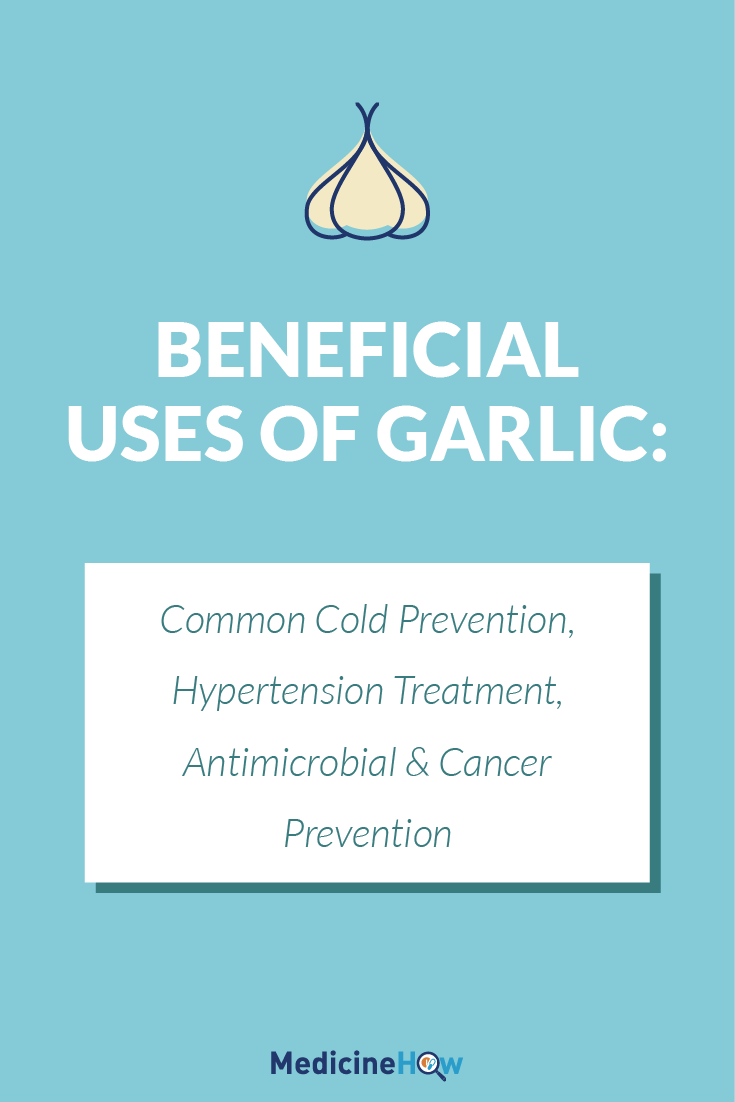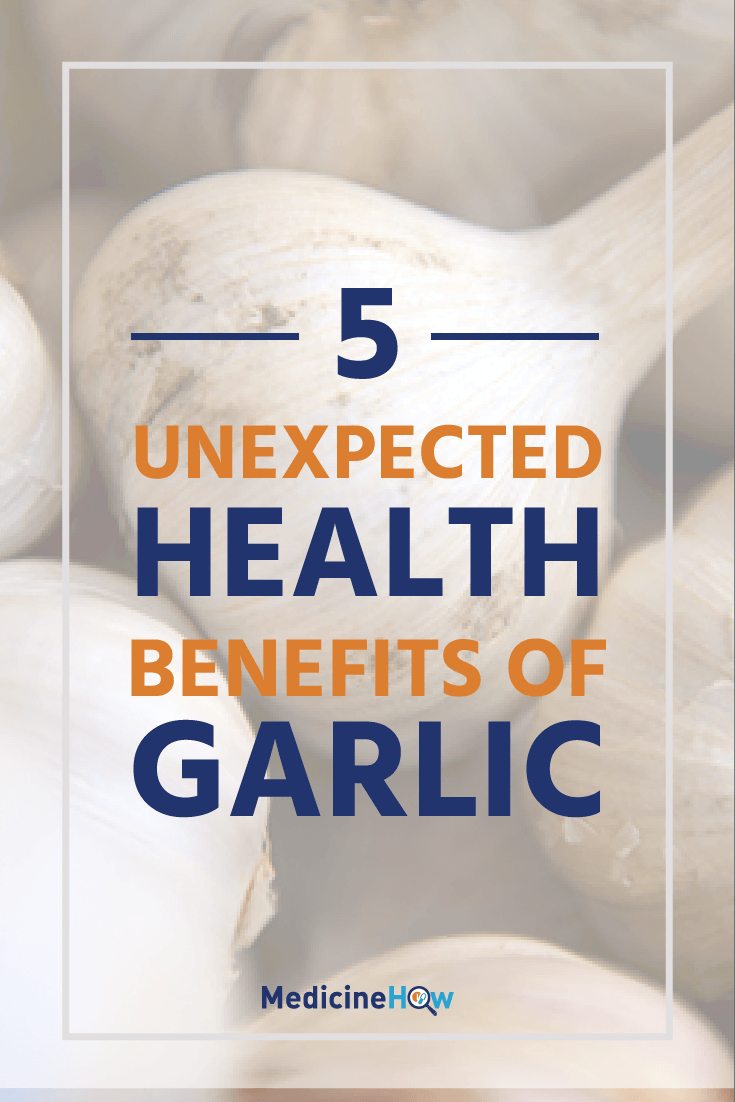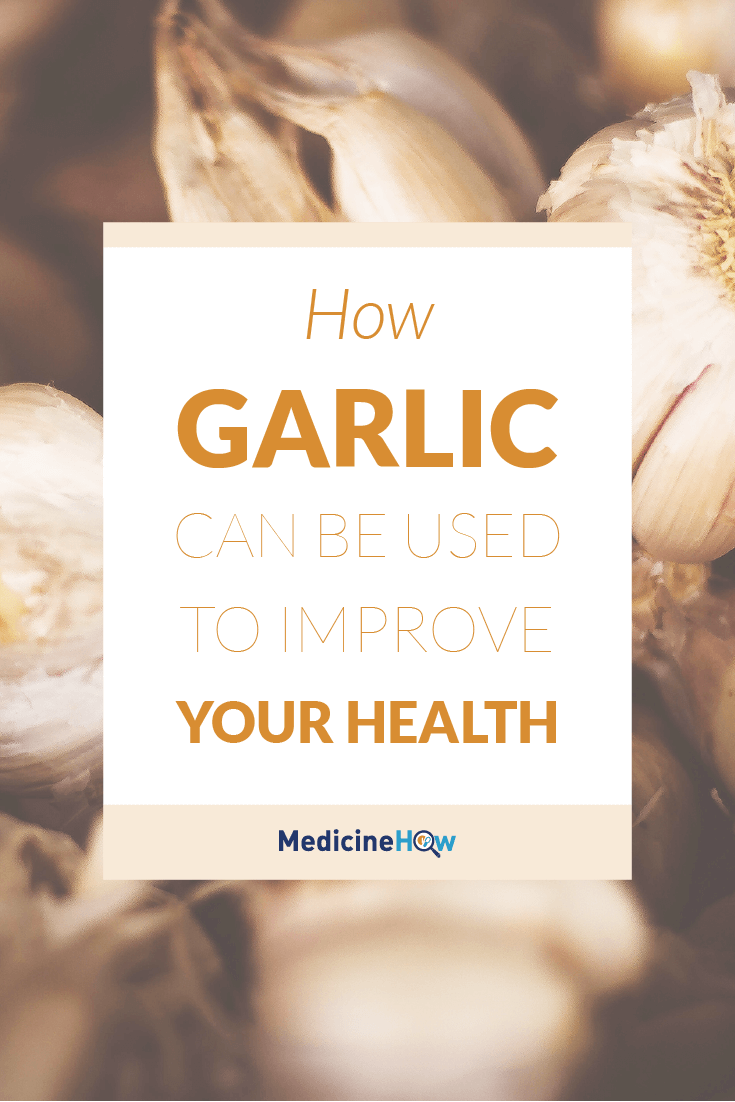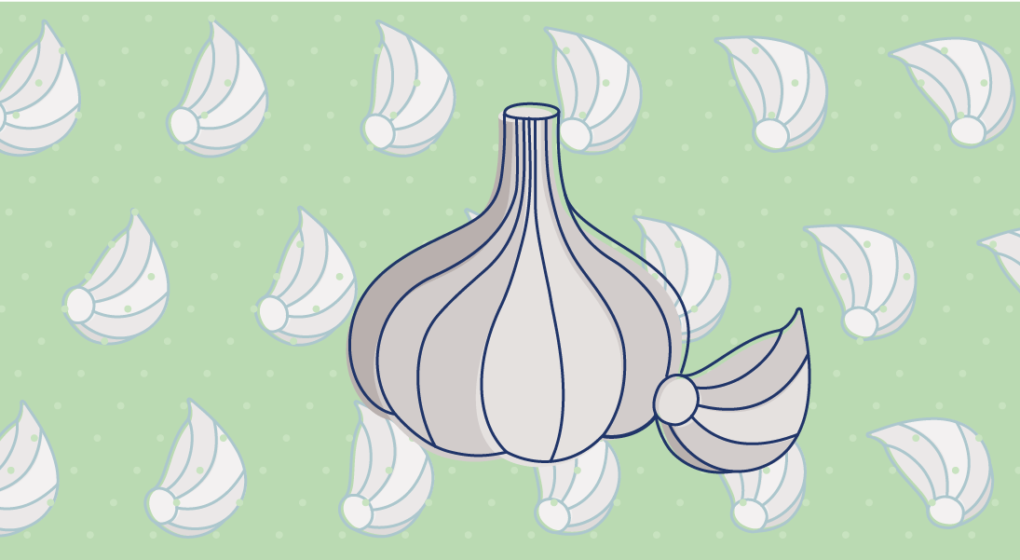
Believe it or not, the benefits of garlic go far beyond the full burst of flavour as you bite into a perfectly roasted clove of garlic. Perhaps I would even say that the good aspects override any looks of disgust you might get later as people catch a whiff of your breath that reeks of garlic.
Benefits of Garlic
So let’s jump right into the heart of this post, with the five unexpected health benefits of garlic.
1. Common Cold Prevention
Who knew that garlic claims to both reduce the number of colds people get and the length of colds? I certainly didn’t, but it seems there may indeed be some truth to the theory. This study took 146 participants and gave half a garlic supplement and the other half a placebo tablet to take daily. During the study, those taking the fake tablets had cold symptoms for triple the amount of time compared to those taking garlic supplements.
However, this is the only reputable study that supports the claim of garlic to have a preventative effect against the common cold. The Cochrane Review, which compiles evidence from many sources to reach a final conclusion, recognises this study but states more research should be done to back up this study before we begin to advocate for garlic in common cold prevention.
2. Hypertension
High blood pressure is extremely common in today’s society and is particularly worrying as it is known to increase the risk of cardiovascular disease and related deaths. It is heartening, then, to hear that something as simple as garlic can have an effect on blood pressure.
The Cochrane Review found two well constructed trials that show a 10% decrease in blood pressure due to garlic supplementation (decrease of 10-12mmHg systolic and 6-9mmHg diastolic). This is comparable to some medications targeted to reduce blood pressure, however the decrease in blood pressure due to garlic supplementation hasn’t been proven to reduce cardiovascular events – it is merely an assumption. That is, if lowering blood pressure helps when we use medication, it makes sense that it should also help when we use garlic.
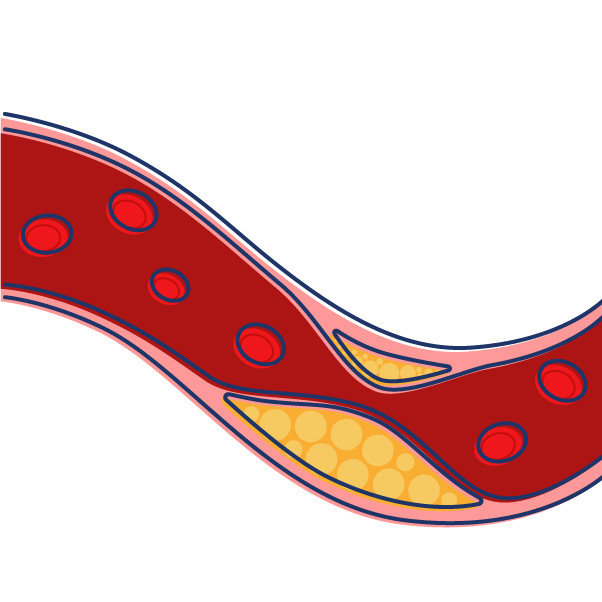 3. High Cholesterol
3. High Cholesterol
High cholesterol is also very common and a worrying cardiovascular risk. The effect of garlic on cholesterol levels has also been researched and scientists believe that it decreases the production of cholesterol in the body. This study divided 34 participants into two groups, one to take a garlic supplement and one to take a placebo, and found a significant reduction in cholesterol over a time period of five months.
Similar to hypertension, however, even though it appears that garlic has a lowering effect on cholesterol levels, there is no evidence currently on whether this makes a viable difference on life quality.
4. Antimicrobial
It appears that garlic has some strong bacteria busting activity. This study looks at using garlic as the active ingredient in an antimicrobial mouthwash to prevent the growth of certain bacteria (streptococci), which proves particularly successful. Garlic has also been used an an antibiotic to treat infections of many other types, from respiratory to urinary tract, however the doses needed to combat bacteria are particularly high.
It is the dose needed that greatly limits garlic as an antibiotic, as the side effects of garlic consumption become more obvious when we take more of it.
5. Cancer Prevention
 It is very difficult to prove that something has preventative effects in cancer because there are simply too many factors involved. A lot of fruit and vegetables claim to reduce the risk of getting cancer and, for the most part, the claims are probably justified. The problem is that we can never really know for sure.
It is very difficult to prove that something has preventative effects in cancer because there are simply too many factors involved. A lot of fruit and vegetables claim to reduce the risk of getting cancer and, for the most part, the claims are probably justified. The problem is that we can never really know for sure.
Cancer takes years to appear and in that time a multitude of things happen. Some people eat healthily, some junk food. Some exercise a lot, some don’t. Some have stressful careers, some live more relaxed lifestyles. And these are just to name a few.
Although we might observe that people who eat less garlic tend to be more likely to get cancer, this could be for a number of reasons – perhaps it is because their diet consists of fast food and processed just-add-water pasta, not only the fact that they are missing garlic.
That said, if we have a hunch that something can help, I’d say it’s worth a try. Rather that increasing only your garlic consmption, however, I would try to increase your intake of all fresh fruit and vegetables, whilst limiting processed and fast foods wherever possible.
What are the side effects of garlic?
Now it’s all well and good to claim all of these benefits of garlic, but what about the other side – can it be harmful too?
The most common side effect of consuming garlic is bad breath but, unfortunately, it can go beyond this.
Consuming garlic in high doses can actually affect your gastrointestinal tract. This research paper notes the lining of areas along the gastrointestinal tract are affected by medicinal garlic use, and recommends caution should be used in regards to the safety and efficacy of garlic consumption.
What about if you are pregnant or breastfeeding? While it is considered safe to consume garlic as a normal part of your diet, using garlic in high doses to treat conditions hasn’t been tested in enough pregnant people to be used without caution. I would steer clear of using garlic at medicinal doses and discuss this with you midwife or doctor.
When breastfeeding, some parts of the garlic you consume will come out in breast milk and will be consumed by your child. Whilst the amount in the milk would not likely cause problems to your baby, it can make the milk taste a bit like garlic, such that they don’t want to feed.
How can we take garlic?
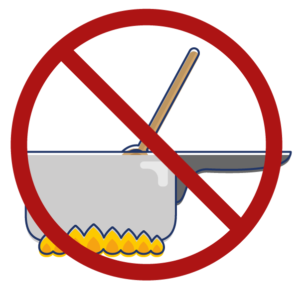 Unfortunately, to get the health benefits of garlic we have to do more than just add it to our meals as we are cooking up.
Unfortunately, to get the health benefits of garlic we have to do more than just add it to our meals as we are cooking up.
You see, it is the raw garlic that has the strongest properties and when we heat it up, the active components are inactivated, so that only a small effect may be seen.
So, what can we do?
Firstly, we can eat raw garlic. While the idea of popping a raw clove of garlic in your mouth my be appalling, there are other methods of eating garlic that are much more palatable. You could crush or cut the garlic into tiny pieces and add to a salad dressing – rather than becoming overpowering, it adds a fresh spicy flavour to the dressing. Another option is to make “real” garlic bread. Toast slices of crusty bread in the oven, then remove from the oven and rub a raw garlic clove onto the bread (toasting is important so that the bread is hard enough to act like a grater) and finally drizzle some olive oil over the top. It’s actually delicious, and a great way to get some raw garlic into your system.
The other option is to take supplements, which was what was taken in the studies testing garlic efficiency. This has the added benefits of ease of administration and reduced bad breath as a result of the garlic. There are various different types of supplements – oils, extract, tablets and dry powder – and not all are equal. As to the differences, however, I shall leave for another post.
Whilst I prefer to eat the raw garlic because I actually enjoy the spicy taste, either option would be fine and may be something you might like to experiment with. In my opinion, the benefits of garlic often outweigh the risks.
Pin it!
